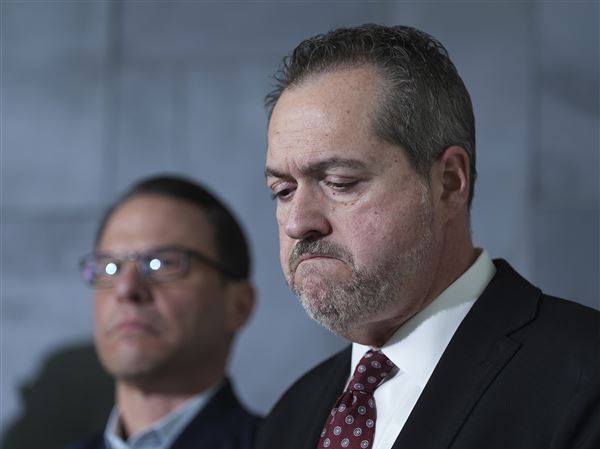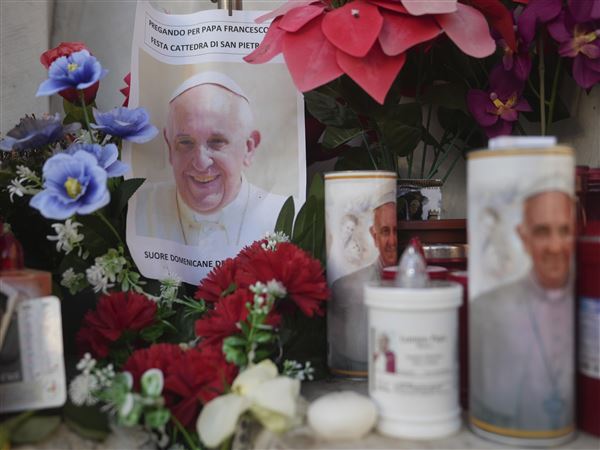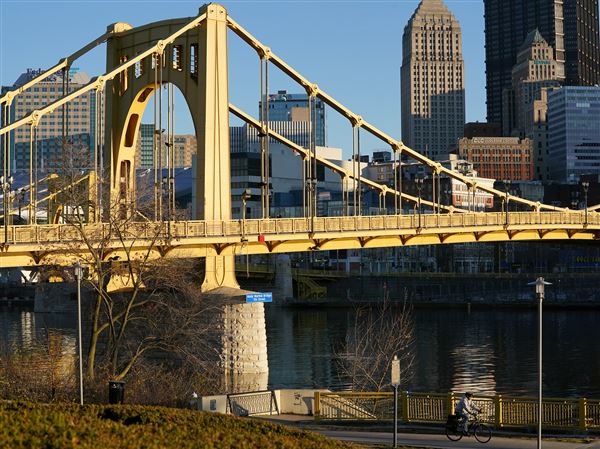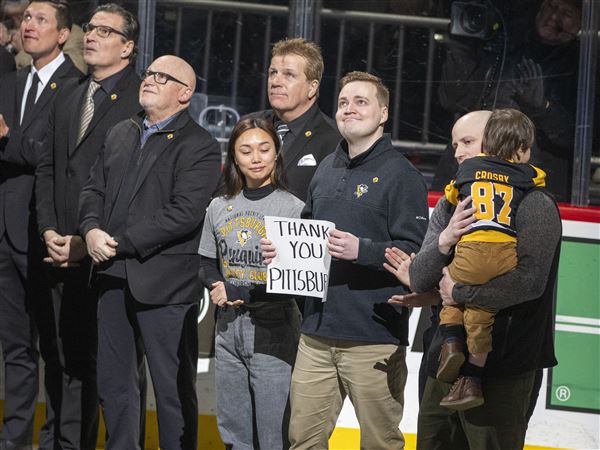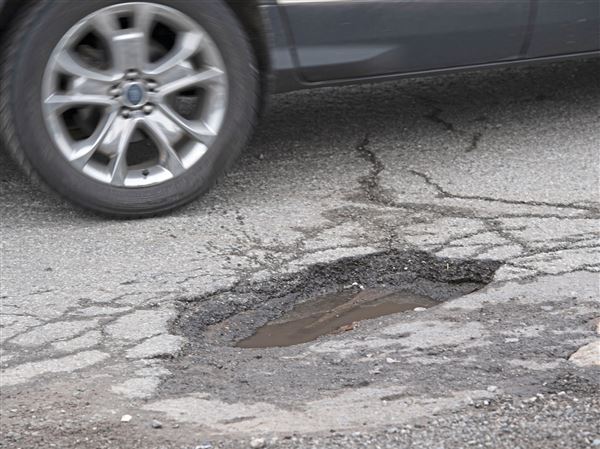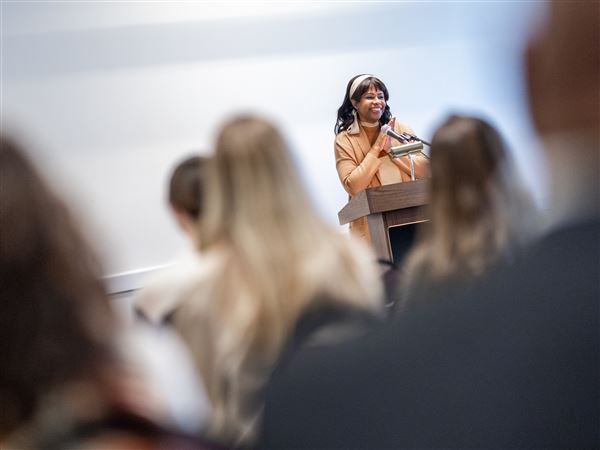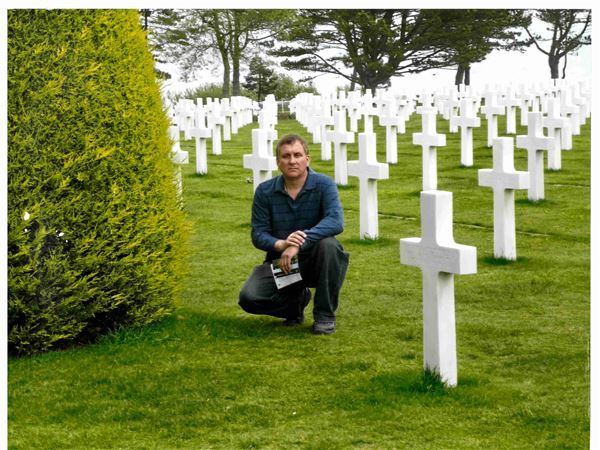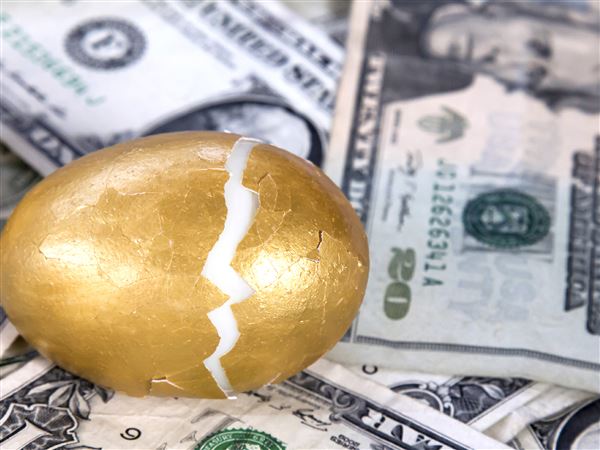On the eve of Martin Luther King Jr. Day, protesters mobilized by the shooting deaths of young blacks and outraged about racial inequality are evoking his work, denouncing what they say is an attempt to sanitize his message and using the hashtag #ReclaimMLK hoping to rekindle a new movement for social change.
The website Ferguson Action, for instance, which has been a focal point for information on protests and activism in the aftermath of the death of Michael Brown in Ferguson, Missouri, says Dr. King’s “radical, principled and uncompromising” vision should be a model for protest and disruption for our time.
The iconic images of the Rev. Martin Luther King Jr. come from an era when he was confronting legalized discrimination, and communication tools included mimeographed fliers and the holy grail of a network television report. Protesters today cite myriad ills embedded in the economy and culture and spread their messages instantly through websites, Twitter hashtags and text messages.
And at a time of widespread social unrest over race and inequality, the King holiday on Monday is highlighting both the power of Dr. King’s vision, brought to the public again in the film “Selma,” and the enormous difficulties of forging a new movement along similar lines.
Nonetheless, today’s protesters are embracing Dr. King’s spirit and the tactics of his era with a sense of commitment that has not existed, perhaps, for decades.
“We’re in the business of disrupting white supremacy,” said Wazi Davis, 23, a student at San Francisco State University, who has helped organize protests in the Bay Area. “We look toward historical tactics. The Montgomery bus boycott, the sit-ins — those tactics were all about disruption.”
What is far less clear is whether today’s protesters have the ability, or even the intention, to build an organized movement capable of creating social change.
David J. Garrow, a historian and the author of “Bearing the Cross: Martin Luther King Jr. and the Southern Christian Leadership Conference,” said the impromptu protests that had erupted in recent months were not comparable to the strategies used by civil rights groups of the 1960s, which had clear goals such as winning the right to vote or the right to eat at a segregated lunch counter.
“You could call it rebellious, or you could call it irrational,” Mr. Garrow said of the new waves of protests. “There has not been a rational analysis in how does A and B advance your policy change X and Y?”
Mr. Garrow compared the protesters to those of Occupy Wall Street.
“Occupy had a staying power of, what, six months?” Mr. Garrow said. “Three years later, is there any remaining footprint from Occupy? Not that I’m aware of.”
After the deaths of Mr. Brown in Ferguson, Eric Garner in Staten Island, N.Y., and others, protests have included angry marches and mass “die-ins” in streets and public buildings. They have grown to include actions like “Black Brunch,” in which protesters have confronted white diners in upscale restaurants. On Thursday, several dozen people shut down a major highway carrying suburbanites into Boston by attaching themselves to 1,200-pound drums filled with concrete and standing in the middle of Interstate 93.
Mayor Martin J. Walsh of Boston and other officials called the protests dangerous and counterproductive, and asked protesters to reconsider their tactics. And many, even those who are sympathetic, say today’s protesters run the risk of alienating people rather than persuading them through their tactics.
But the protesters say civil disobedience and disruption were also at the heart of Dr. King’s vision.
“We really feel that King’s legacy has been clouded by efforts to soften and sanitize that legacy,” said Mervyn Marcano, a spokesman for Ferguson Action.
It is not only the new wave of protesters that is linking last year’s police shootings to this year’s holiday. At many of the official commemorations — breakfasts and worship services around the country — speakers are expected to talk about Ferguson. And the issue has made its way into much of the conversation about the holiday.
For example, the Martin Luther King Jr. Day statement from Archbishop Joseph E. Kurtz of Louisville, president of the U.S. Conference of Catholic Bishops, declared, “Continuing tensions and violence in our communities remind us that although significant progress has been made in erasing the stain of racism and the cycle of related violence, we still have much work to do.”
Unlike the clear goals of the civil rights era, the protesters today mostly cite much broader goals, such as ending discrimination, combating inequality and ending the killing of young blacks by the police. Others say they want to confront racism, curb gentrification and reduce the incarceration of people of color.
Many see themselves as building a new movement that goes well beyond what some called the “respectability politics” of civil rights leaders such as the Rev. Al Sharpton, powerful figures like Oprah Winfrey and politicians like President Barack Obama.
“We don’t need people shifting the blame to poor black and brown communities for these tragedies,” said Daniel Camacho, 24, a divinity student from Long Island, who has participated in some of the protests in New York. “I’ve heard enough people complain about sagging pants, gangster music, fatherlessness, black-on-black crime. Who’s focusing on holding the American state, the police, fully accountable?”
Some older blacks are sympathetic but skeptical.
In an interview with People magazine, Ms. Winfrey said that while it was “wonderful” to see marches and protests across the country, “what I’m looking for is some kind of leadership to come out of this to say, ‘This is what we want. This is what has to change, and these are the steps that we need to take to make these changes, and this is what we’re willing to do to get it.’”
Others were more supportive. The chairman of the Congressional Black Caucus, Rep. G.K. Butterfield, D-N.C., said that “I was in their shoes some years ago” and that “in the ’60s, we did some unconventional protesting as well.” Mr. Butterfield is leading about a dozen black members of Congress to Ferguson today for a worship service at which they plan to “show the people of Ferguson the relationship between King’s nonviolent, visionary protest movement and conditions in Ferguson.”
He added: “There’s a new generation of young African-Americans who want opportunity, who want justice and who don’t believe in gradualism, just as Dr. King didn’t believe in gradualism.”
Others note that the differing agendas now reflect similar rifts in Dr. King’s era, when the civil rights movement was tested as younger protesters from the Student Nonviolent Coordinating Committee became impatient with Dr. King’s more conservative tactics.
